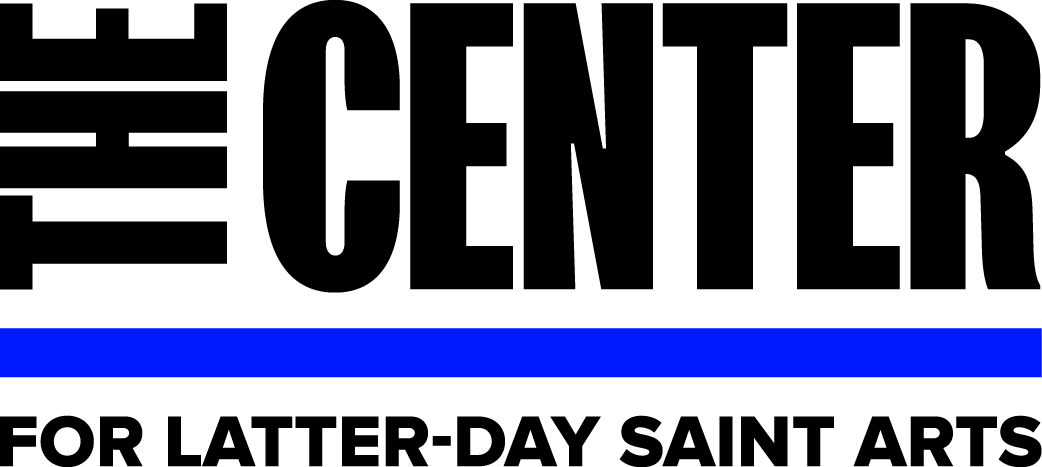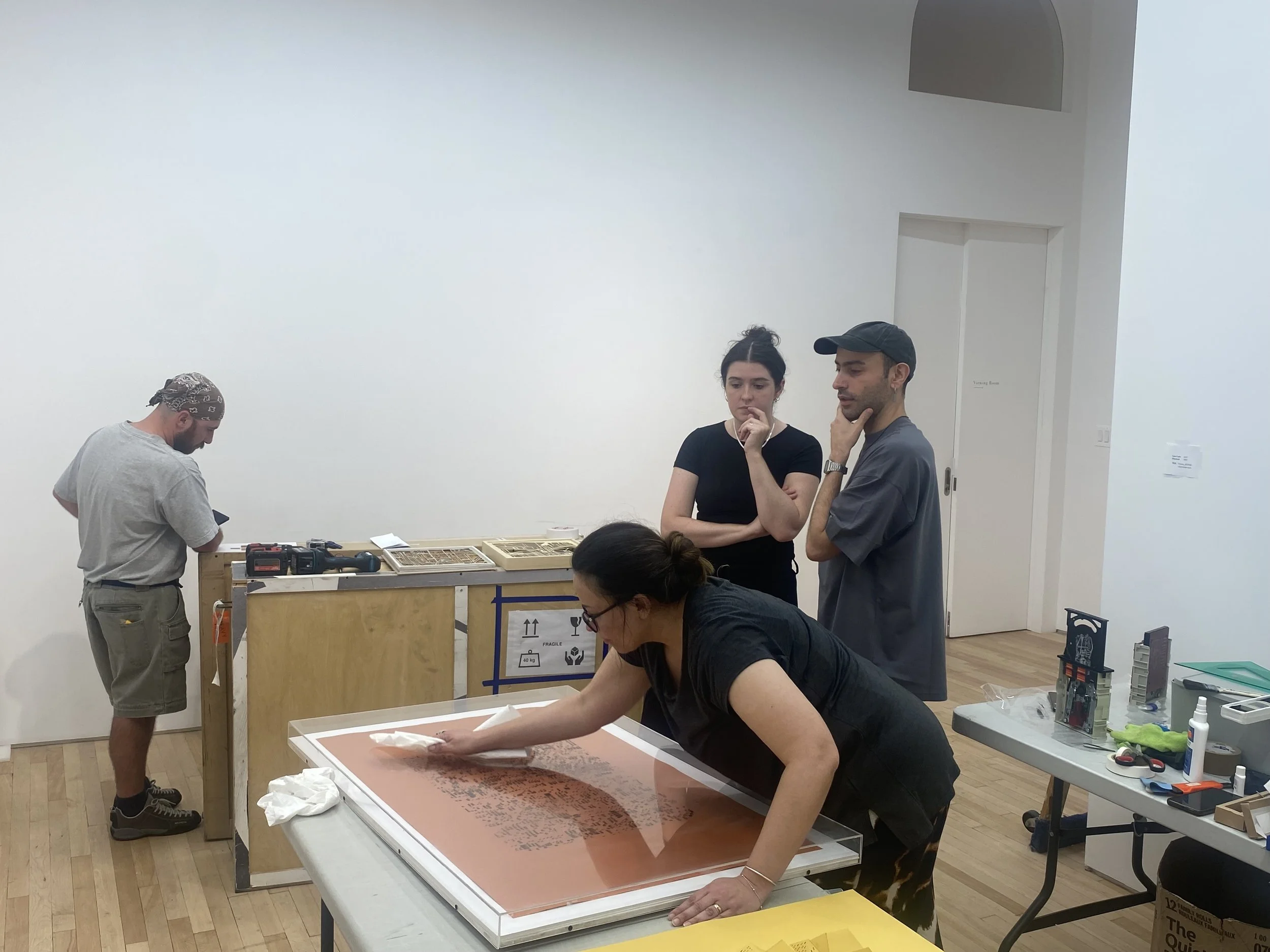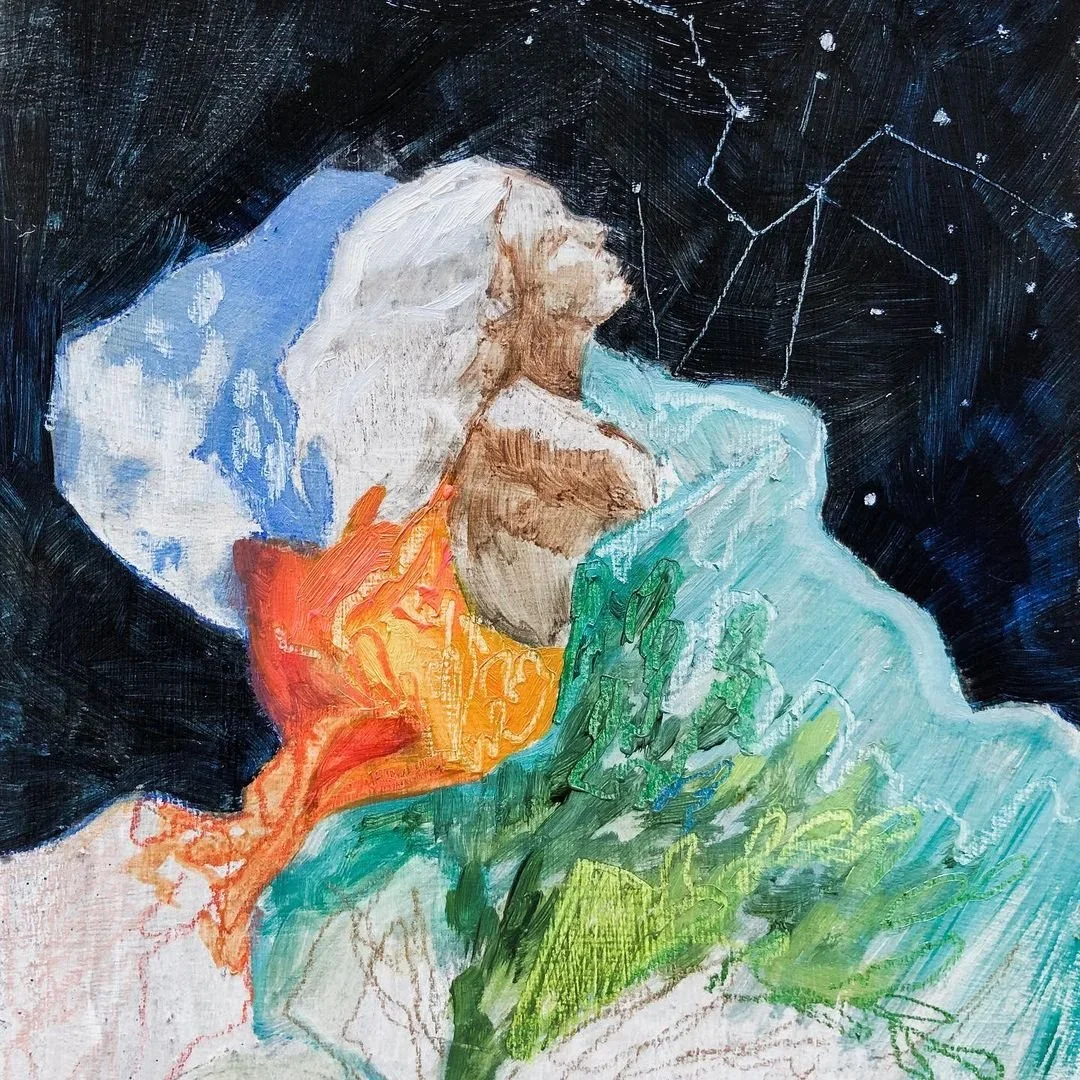Inside the Installation of INSTRUMENTOS DE SILENCIO
Both reminiscent and resonant, this new exhibition by Argentine artists Gonzalo Silva and Susana Silva is set to strike a chord.
Artists Gonzalo Silva and Susana Silva, accompanied by two four-foot wooden crates, recently boarded a long flight from Argentina to New York to begin the next phase of their prize-winning project: installation their work at Sargent’s Daughters Gallery, the boundary-pushing space in the heart of Tribeca, the newest hub for arts in New York.
Coexisting x Contradicting: A commentary on colonization
Instrumentos de silencio, the Silvas’ artistic debut in New York, explores the themes of memory, music, and cultural tension from colonization; blending Andean and European musical influences as a way of connecting Argentina’s the pre-columbian past with the post-colonial present. The works themselves embody the resonances between technology and memory, addressing the disruptions caused by colonization and the ongoing struggle to balance tradition and innovation.
At the gallery, the two crates are unpacked to reveal 16 finished pieces. As they come to light, you can sense the past-meets-present energy that the materials create: paper and metal, circuit boards and CD drives from early computers, and mechanical instruments like pipe organs and traditional Incan whistles. The contrast is palpable, but so is the way the materials are intermingled, an effect the artists call a “coexistence of contradictions.”
Gonzalo Silva
Territorio sonoro, 2025
3D print, laser engraved FR-4 circuit board
9½ x 13¾ in.
Gonzalo Silva
Liturgia eléctrica, 2025
Photograph, giclée print
26 x 39⅜ in.
Perforating x Processing: Combining artistic styles
The show is a collaborative concept between the two siblings, with several pieces in Susana’s signature cut-paper style. Her paper cut-out work will be recognizable to many, with recent awards and features in exhibitions like Materializing Mormonism and the Church History Museum’s 11th, 12th, and 13th International Art Competitions. First trained in painting, Susana gradually moved away from the medium and developed her paper cutting method when her first daughter was old enough to make a mess with her paints. Her work for this show borrows patterns from music notation, ancient text, and circuit boards, exploring the way music is actually a form a transcription and memory. A main focal point of the show, Tocapu, draws on Incan sacred geometry and connects it to imaginary scores.
Susana Silva
Tocapu, 2025
CNC and hand-cut paper
61 x 61 in.
The abstract dialogue of Susana’s intricate, abstract paper-cut works are harmonized by a more direct, tangible commentary coming contributed by her brother Gonzalo, whose style intertwines archival materials, fieldwork, and more storytelling. His pieces treat found objects as artifacts and frame photographs like forensic evidence, lending the show an edge that is both nostalgic and uncanny. One standout piece, Wandering Breath, incorporates CD drives and replicas of Aztec death whistles—juxtaposing wind instruments that are historically contemporary to each other, but belonged to cultures that never met. The work plays with the idea of the wind instrument as a memory device, a way to carry sound, spirit, and history across space and time.
Gonzalo Silva
Wandering Breath, 2025
CD drive, giclée print, resin 3D print
11¾ x 5¾ x 1¾ in.
Ritual x Improvisation
Watching the Silvas build this show is a study in contrasts—ritual meets improvisation, memory meets machine. Their process, like the works themselves, doesn’t resolve into harmony. Instead, it holds space for friction, plurality, and the sacred messiness of trying to make something new from what has been broken, borrowed, or passed down.
Stay tuned for more behind-the-scenes stories this week—and join us at the opening on August 5 to see how the Silvas bring Instrumentos de silencio to life.













